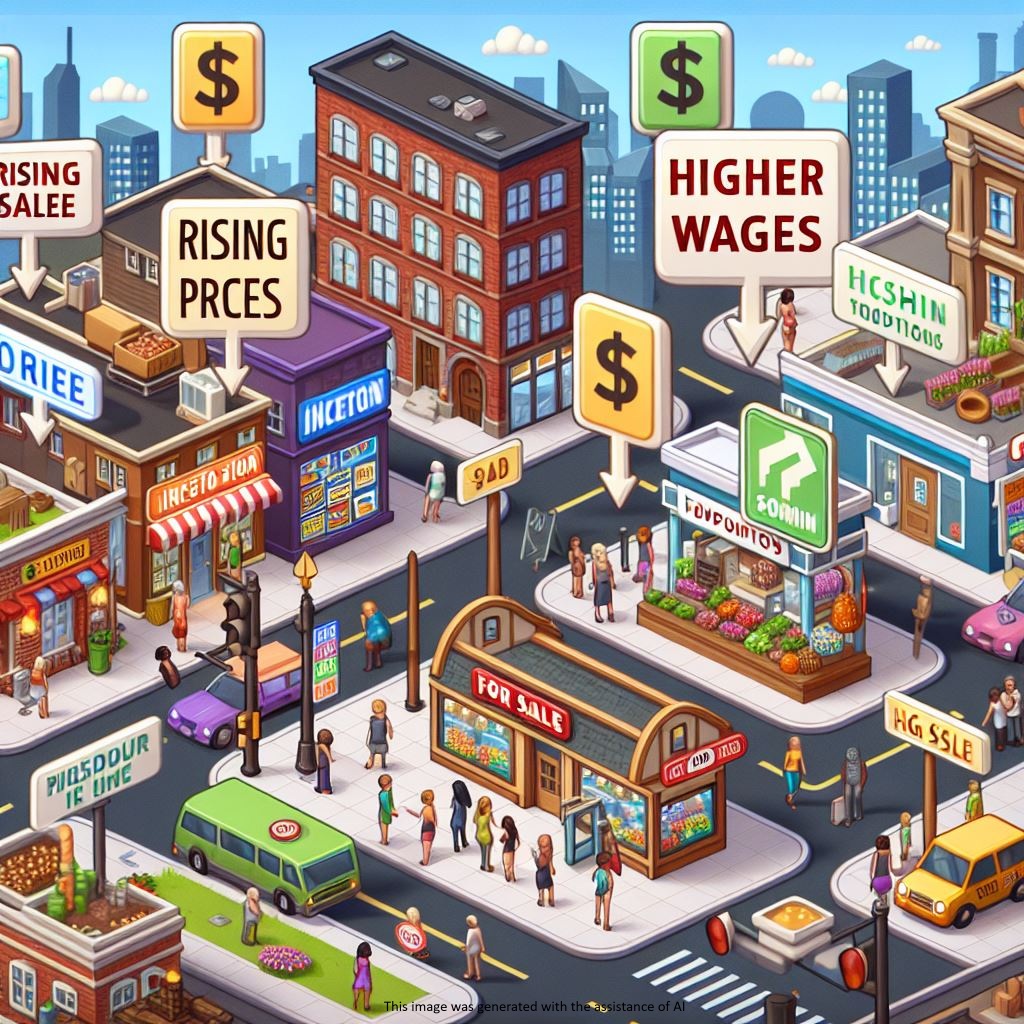Inflation Beyond Money Supply
Submitted by Atlas Indicators Investment Advisors on February 13th, 2025
Last week Atlas sent a note called How Did We Get Here? to your inbox (reread it here for a refresher). Frequently, readers ask clarifying questions or offer their thoughts on the matter. Jerry, a long-time client and regular reader of Atlas’ notes, reached out in precisely this fashion. He noted and asked the following:
It seems to me this is a classical analysis if the US economy operated in isolation. There was a worldwide inflation attributed primarily to supply chain and logistics interruptions. If all things remained the same, including money supply, but high tariffs were put on all goods coming into the US wouldn’t that cause inflation?
What follows is my response:
Inflation is a multifaceted phenomenon influenced by various factors beyond just the money supply, the factor upon which last week’s note focused. While the relationship between money creation and inflation is well-documented, other elements such as supply chain disruptions and tariffs can significantly impact price levels. Jerry was correct; some of the recent global inflationary pressures were partially attributed to supply chain interruptions during the pandemic, highlighting the complexity of this issue. Those, however, have mostly subsided. That does not let the supply chain off the hook entirely, though. There remain elevated concerns in the Red Sea, for instance, which is causing ships to avoid the Suez Canal. Altering this route increases costs and delivery times. Some raw materials are in short supply, exacerbated in part by geopolitics.
To Jerry’s point, tariffs imposed on imported goods can also directly contribute to inflation by increasing the cost of these goods for consumers. Tariffs, in particular, present an interesting case study on how non-monetary factors can drive inflation. By imposing tariffs on imported goods, governments effectively increase the cost of these goods for domestic consumers. This can lead to higher prices across various sectors, as businesses often pass on these increased costs to consumers. Furthermore, tariffs can disrupt supply chains, especially in industries that rely heavily on international trade. For instance, in the automotive sector, components may cross borders multiple times, and tariffs can lead to inefficiencies and additional costs that are eventually reflected in higher consumer prices. The impact of tariffs on economic growth is also noteworthy, as they can reduce consumer purchasing power and increase costs for businesses, potentially slowing economic expansion.
This is all to say that the Federal Reserve faces a significant challenge in managing inflation and economic growth. The Fed's dual mandate to control inflation and promote maximum employment becomes more complex when tariffs are involved. On one hand, tariffs can increase inflation, which might necessitate tighter monetary policies to control price increases. On the other hand, tariffs can also slow economic growth, suggesting a need for looser monetary policies to support employment and output. The Fed must carefully balance these competing demands, taking into account the lagged effects of monetary policy and the evolving economic landscape. This time around could be even more complicated. President Trump appointed Fed Chair Jerome Powell during his first term (he was later reappointed by President Biden), but the current White House resident has also indicated he is not likely to be reappointed again. As future quarters unfold, the Fed’s reputation will likely be best served by remaining data-dependent, adjusting its policies based on actual economic outcomes rather than politics and headlines.

